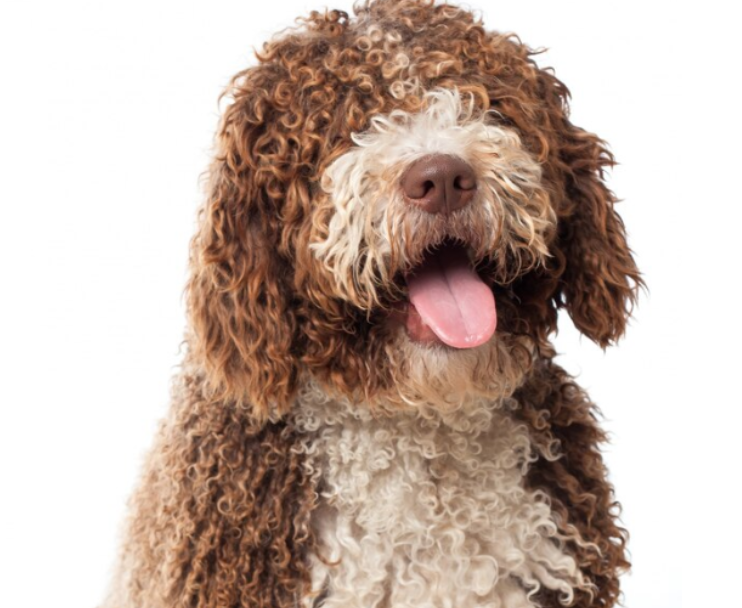The words ‘cat’ and ‘vomiting’ seem to go together, with our feline friends having a knack for throwing up in the most inconvenient places and at the most inappropriate times! Inside shoes in the middle of the night anyone? While vomiting can be a common occurrence, it may sometimes be a clue that there is something more sinister going on. In this article we will discuss how to tell if vomiting is a sign of an underlying issue and what the treatment options are when a cat is vomiting.
For the vast majority, a monthly ‘up chuck’ of food or fur is par for the course and the cat will likely go straight back to eating or grooming, unbothered by what has just happened (and, of course, expecting you to clean up after them). Their energy levels and appetite are unaffected and they go about their business.
Some cats will vomit in this manner more frequently than others, particularly those with very long coats that are prone to hairballs or those greedy ones who rush their meals without chewing well, only for it to come back up within moments. If there is an obvious reason for a vomit, it can typically be addressed. For example, grooming the coat of long-furred cats on a daily basis can dramatically reduce hairballs, while using slow-feeder bowls and ‘drip-feeding’ fast eaters can prevent constant food regurgitation.
Our beloved kitties are notorious for finding the most inedible things (either inside or outside the house) and having a lick or a nibble. Perhaps they have dug out last week’s dinner from the trash, or maybe they have discovered a dead bird in the flower garden that somehow looked appealing. While cats are hardy creatures and their stomach acid is particularly potent, it’s no surprise that eating things they shouldn’t will sometimes cause a stomach upset.
For some, parasites are to blame and it is true that heavy worm burdens can cause sudden vomiting. This is more common in kittens and can be accompanied by a pot belly and an increased appetite. An effective wormer should be administered immediately and a bland, digestible diet should then be fed.
Sometimes when a cat gets a dicky belly, us owners are to blame. We love to spoil our furry friends with rich tit bits and treats that may not agree with them. Many will offer foods such as cream and cheese, which are difficult for cats to digest. Those kitties who react negatively to something they have been fed may well feel a little under the weather and may be off their food for a day or two. Some vomiting and diarrhoea can be expected in this time.
It’s important to bring these guys to the vet to have them checked over and ensure they are not dehydrated or running a fever. If they are unable to hold down food, the vet may well recommend some intravenous fluid therapy to correct any dehydration and they may stay in the hospital with some medication for a day or two. This is often the case for other causes of acute vomiting, such as a viral enteritis picked up from another cat or a rapid diet change that was not well tolerated. The vast majority will be back to their fighting fit selves in mere days, probably begging for rich, tasty treats just like before!
When cats begin vomiting and there is no clear cause, it is the vet’s job to find out what is going on. Without determining the reason for the sudden vomiting, it can be difficult to treat it effectively.
Tests such as blood tests and abdominal ultrasounds will be performed to look for the most common culprits, such as pancreatitis, stomach ulcers or liver disease.
While it may be more common in dogs, it is also possible for cats to eat things that they shouldn’t which can cause blockages, such as string, wool or ribbon. Sometimes, there is even a needle attached, making the situation far more dangerous. These indigestible items cannot be broken down by the body and instead cause havoc on the inside. Some will lead to an impaction, meaning food cannot pass, while some will cause the intestines to bunch together. A foreign body may be seen on an x-ray or ultrasound, though some do not show up well. For most, the offending object will need to be removed via a surgery. Without doing so, the vomiting would continue and the cat would continue to become more dehydrated and unwell. Cats do need to be stabilised before a surgery, so some will require some time on a drip beforehand.
When a cat that is otherwise well suddenly begins to vomit, it is evident that there are quite a few things that can be going on. Once the vet has determined the source of the problem, they will provide specific treatment. However, many of these animals will receive the same medicine to support them while they are vomiting.
Typically, an anti-nausea medicine called ‘Maropitant’ will be given in an injectable form. This medicine reduces nausea and vomiting and can be very beneficial, regardless of the underlying cause of vomiting. When a cat is off their food, treating nausea is often all that is needed to get them tucking back in to their favourite kibble.
It is not unusual for vomiting cats to also be started on a course of ant-acids, which may be given in injectable, liquid or tablet form. The purpose of this course of medicine is to reduce stomach acid secretion and settle the stomach.
Not unexpectedly, a cat that is vomiting is usually also dehydrated. This is not only because they are excreting liquid but because they are not keen to eat or drink. If a vet diagnoses dehydration or suspects that an animal will soon become dehydrated, they will start them on an intravenous drip containing fluid and salts. This may be for as little as 12 hours or as long as several days. Cats tend to tolerate this very well and generally feel a lot better after having their electrolyte levels replenished. Think of it as ‘feline Powerade’!
When a cat initially starts vomiting, the general advice is to starve them for 12 hours or so. This should not be done in all cases and is something that owners should discuss with their vets first. In fact, after starting anti-nausea medicine, many vets will start tube feeding or syringe feeding a cat, in order to provide them with the sustenance they need.
When it comes to chronic, ongoing vomiting, this is a whole different ball game. Cats suffering from chronic vomiting will tend to have additional signs, such as chronic diarrhoea and weight loss. They may also have a poor-quality coat and flaky, dry skin. Most will vomit at least a few times a week and sometimes more.
Chronic vomiting has a number of causes and often the accompanying symptoms will help us to determine what is going on. For example, cats that have been vomiting on and off and are also drinking excessively and losing weight may well have chronic kidney disease. Those that are vomiting but are also hyperactive, have runny poos and have an increase in their appetite may be suffering from an overactive thyroid.
Typically, vets will order some blood and urine work in the case of chronic vomiting. As well as these basic tests, further studies such as endoscopies, ultrasounds and X-rays can help get to the bottom of the problem. In some cases, it is even necessary to take biopsies of the stomach and intestinal lining, particularly if Inflammatory Bowel Disease (IBD) or an intestinal cancer are suspected.
For some felines, their food is their enemy. In an unlucky few, they may be vomiting because their diet simply does not agree with them. Whether they are sensitive to gluten or allergic to beef, sometimes a diet change is all that is needed. Vets may suggest changing to a sensitivity food, or perhaps a hypoallergenic diet, to see if the vomiting settles. The key with this therapy, is to be incredibly strict. These kitties cannot have any treats or tit-bits while on their diet trial (as hard as this may be!). Most trials will last 8-12 weeks and, if successful, may mean a diet change for life.
For vomiting cats, the key is to work out what has caused them to vomit and to treat the underlying problem. In the meantime, supportive care which can include anti-nausea medicine and fluid therapy can be extremely useful.






Leave a Reply